CLAY(MATES) Exhibition
James Patrick Gallery, Wiscasset, Maine
July-August 2008
July-August 2008
Clay(Mates)
Curator, Judith S. Schwartz
The title of this exhibition, Clay(Mates), serves to show that the artists featured not only share the extraordinary bond of working in clay, but are also colleagues (mates), sharing and shaping the future of an extraordinary arts organization, Watershed Center for the Ceramic Arts.
Service on the board of any organization can be tedious and labor intensive and is not for the faint of heart. Yet an organization’s success, particularly a not-for-profit organization such as Watershed, could not provide the exceptional working environment that is our residency program were it not for the guidance of the artists on the board.
It is their credibility and influence that truly enables Watershed to “provide time and space to work in clay.” That is why Watershed is so highly regarded as a premier residency for clay in the United States.
As visionary as these 9 hard working board members are on behalf of Watershed’s future, their artwork is even more extraordinary*. They celebrate the notion that the hand of the artist mirrors culture and that the manipulation of materials reasserts their ability to continuously define and redefine the world and its objects for use and contemplation. Their objects constitute a continuous resetting of the frame of reference for the medium demonstrating that, not only are they masters in their handling of this most plastic of materials but, for them, ideas rule as they challenge, explore, express, and demonstrate the excitement and stimulus to aesthetic consciousness that true artistic work is capable of providing.
Curator, Judith S. Schwartz
The title of this exhibition, Clay(Mates), serves to show that the artists featured not only share the extraordinary bond of working in clay, but are also colleagues (mates), sharing and shaping the future of an extraordinary arts organization, Watershed Center for the Ceramic Arts.
Service on the board of any organization can be tedious and labor intensive and is not for the faint of heart. Yet an organization’s success, particularly a not-for-profit organization such as Watershed, could not provide the exceptional working environment that is our residency program were it not for the guidance of the artists on the board.
It is their credibility and influence that truly enables Watershed to “provide time and space to work in clay.” That is why Watershed is so highly regarded as a premier residency for clay in the United States.
As visionary as these 9 hard working board members are on behalf of Watershed’s future, their artwork is even more extraordinary*. They celebrate the notion that the hand of the artist mirrors culture and that the manipulation of materials reasserts their ability to continuously define and redefine the world and its objects for use and contemplation. Their objects constitute a continuous resetting of the frame of reference for the medium demonstrating that, not only are they masters in their handling of this most plastic of materials but, for them, ideas rule as they challenge, explore, express, and demonstrate the excitement and stimulus to aesthetic consciousness that true artistic work is capable of providing.
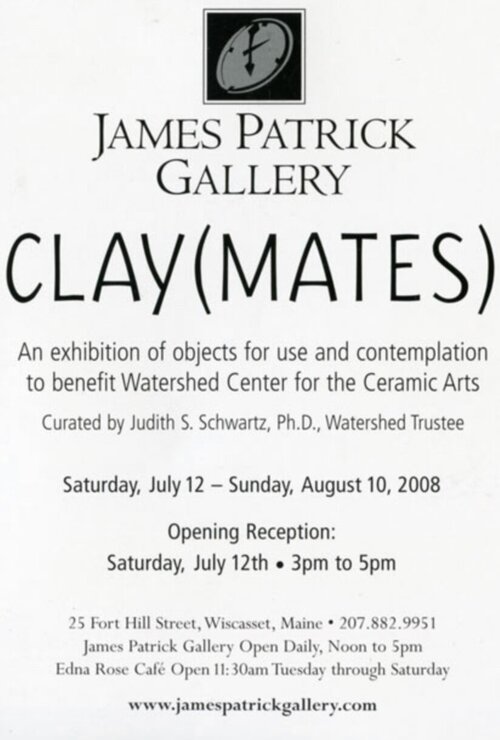
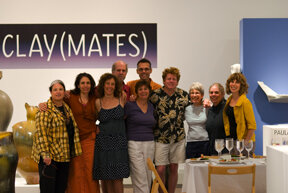
from left to right: Judith Schwartz, Kate Blacklock, JoAnn Schnabel, James Lawton, Matt Nolen, Paula Winokur, Chris Gustin, Nancy Selvin, Phyllis Kudder Sullivan, and Denise Pelletier
Chris Gustin explores the vessel form on a human scale, taking simple, historical pottery forms and jumping them in scale as a vehicle for abstraction. They serve as poetic metaphors for the body, made all the more sensuous by organic undulations and soft, velvety skin-like glazes. Nancy Selvin makes use of the venerated still life as her thematic offering, but her sharp intellect moves this quiet genre into new meaning as she re-contextualizes familiar objects within an architectural context thereby invigorating the familiar with a new vocabulary of form. Similarly, James Lawton draws on history as well, but references the ongoing dialogue between form (meaning) and function (use) to impact this current work. He cleverly questions issues of modernist debate on a series of wall reliefs.
The teapot is a vessel with a long history that stretches the technical skills of the artist and offers great potential for individual expression. JoAnn Schnabel uses the teapot as her vessel of choice to address abstract forms inspired by nature that are enlivened with whimsy and delightful surprise. Phyllis Kudder Sullivan derives her inspiration from the language of textiles and, using the weft/ warp metaphor, “weaves” clay coils into interlaced double-walled vessel forms. The intricacies of their construction create marvelous lines of continuous motion and movement. The personal hygiene porcelain forms once used in bath, bed or hospital rooms are the inspiration for Denise Pelletier’s exploration of the psychology of the vessel as it relates to gender, use, and tableaux. Erotic and playful, these reinvented forms explore the vessel as metaphor for the female body, as she plays on titillating imagery and association.
Kate Blacklock focuses on portrait busts of cross-generational woman that convey themes of aging, beauty, and life’s passages. She ingeniously superimposes two-dimensional faces onto three-dimensional sculptured faces and intertwines surface details to further enhance the narrative. Intentionally ambiguous, the viewer is left to ponder the concept of self-concept and how we are so often contradictorily viewed by others. While Paula Winokur has had a long, established reputation for her mastery of vitrified porcelain, she has recently used these skills to focus on issues of the environment and the threat of global warming. Appalled by the retreating glaciers witnessed in Iceland, she uses porcelain to simulate ice cores, ledges and crevices that are frightening real and majestically beautiful while at the same time, suggesting their fragility and ultimate impermanence in the face of global warming. Matt Nolen has always had social and political overtones in his work, using his art to speak out against war, material indulgences, gender injustice and many other issues of societal ills. His uncanny ability to bring humor and satire into the work makes his messages all the more palatable. The China Head series inspired by specific people he encountered and whose stories he embellished while working in China and are meant to focus on the striking cultural, architectural and socio-political landscapes that are reshaping the “new” China.
Watershed is proud of its artist-based board. They demonstrate the love of service, leadership, interaction and communication that is requisite for any successful organization, while their personal artistic achievements continuously inform, impact and elevate the ceramic art of our country.
Download as PDF
The teapot is a vessel with a long history that stretches the technical skills of the artist and offers great potential for individual expression. JoAnn Schnabel uses the teapot as her vessel of choice to address abstract forms inspired by nature that are enlivened with whimsy and delightful surprise. Phyllis Kudder Sullivan derives her inspiration from the language of textiles and, using the weft/ warp metaphor, “weaves” clay coils into interlaced double-walled vessel forms. The intricacies of their construction create marvelous lines of continuous motion and movement. The personal hygiene porcelain forms once used in bath, bed or hospital rooms are the inspiration for Denise Pelletier’s exploration of the psychology of the vessel as it relates to gender, use, and tableaux. Erotic and playful, these reinvented forms explore the vessel as metaphor for the female body, as she plays on titillating imagery and association.
Kate Blacklock focuses on portrait busts of cross-generational woman that convey themes of aging, beauty, and life’s passages. She ingeniously superimposes two-dimensional faces onto three-dimensional sculptured faces and intertwines surface details to further enhance the narrative. Intentionally ambiguous, the viewer is left to ponder the concept of self-concept and how we are so often contradictorily viewed by others. While Paula Winokur has had a long, established reputation for her mastery of vitrified porcelain, she has recently used these skills to focus on issues of the environment and the threat of global warming. Appalled by the retreating glaciers witnessed in Iceland, she uses porcelain to simulate ice cores, ledges and crevices that are frightening real and majestically beautiful while at the same time, suggesting their fragility and ultimate impermanence in the face of global warming. Matt Nolen has always had social and political overtones in his work, using his art to speak out against war, material indulgences, gender injustice and many other issues of societal ills. His uncanny ability to bring humor and satire into the work makes his messages all the more palatable. The China Head series inspired by specific people he encountered and whose stories he embellished while working in China and are meant to focus on the striking cultural, architectural and socio-political landscapes that are reshaping the “new” China.
Watershed is proud of its artist-based board. They demonstrate the love of service, leadership, interaction and communication that is requisite for any successful organization, while their personal artistic achievements continuously inform, impact and elevate the ceramic art of our country.
~ Judith S. Schwartz, Ph. D., Watershed, Trustee
* While only nine artists are featured in this show, the curator wishes to acknowledge the valuable contributions of the other artist/board members and does not intend, for an instant, to diminish their contribution to the success of Watershed or the quality of their artistic endeavors. An attempt was made to simply select artists for this show who had not exhibited in this venue before.Download as PDF
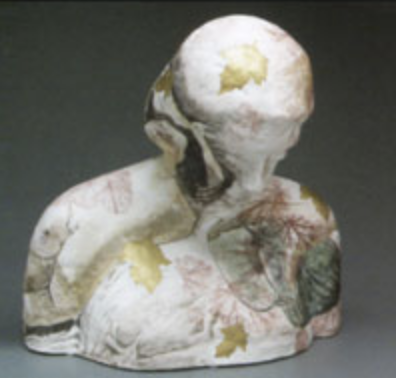
Kate Blacklock
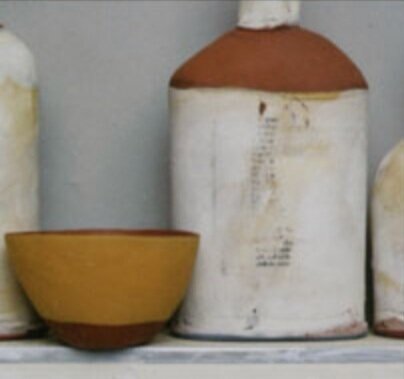
Nancy Selvin
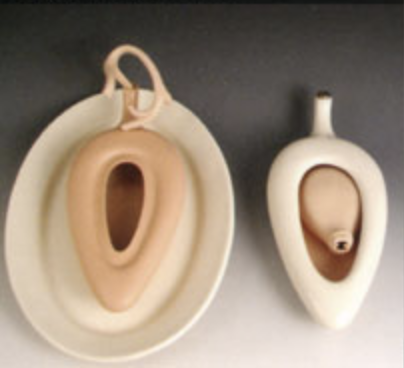
Denise Pelletier
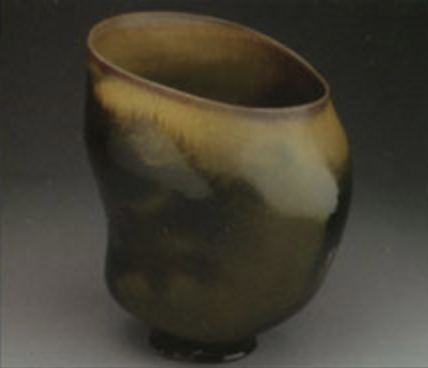
Chris Gustin
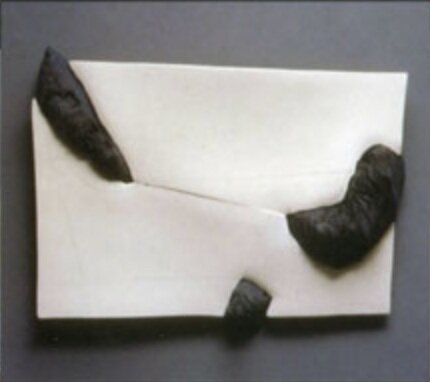
Paula Winokur
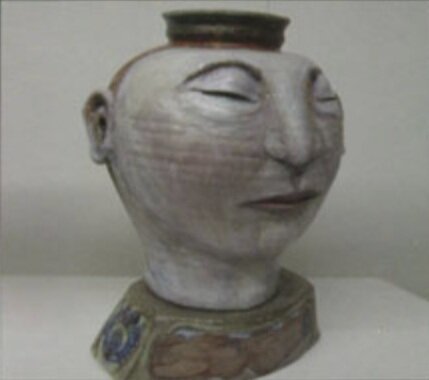
Matt Nolen
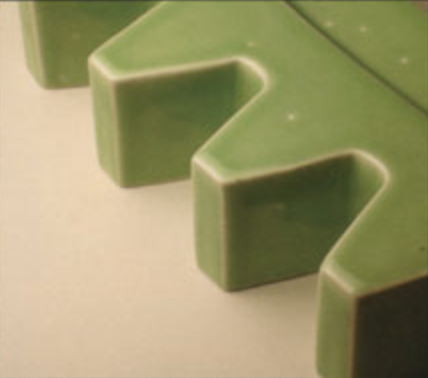
James Lawton
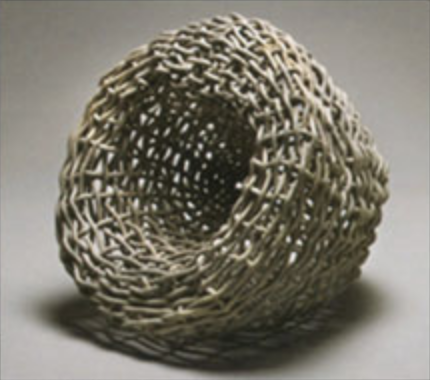
Phyllis Kudder Sullivan
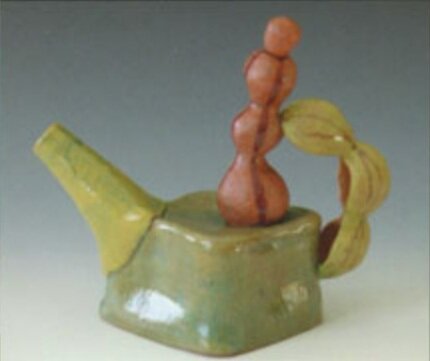
JoAnn Schnabel